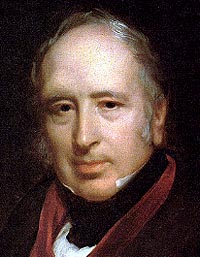During the 17th century, two approaches were used to try and build air crafts: Lighter than air and Heavier than air.
Lighter Than Air
As the name suggests, lighter than air are those air crafts which work on the principle that lighter air (such as hot air) rises providing the lift necessary. Hot Air Balloons and later Airships were designed based on this. The first free manned flight was on 21st November 1783 carrying Jean-François Pilâtre de Rozier, along with François d'Arlandes. They drifted 8 km (5.0 mi) in a balloon powered by a wood fire. On 1 December, Jacques Charles and Nicolas-Louis Robert launched their manned hydrogen balloon from the Jardin des Tuileries in Paris, amid a crowd of 400,000. They ascended to a height of about 1,800 feet (550 m) and landed at sunset in Nesles-la-Vallée after a flight of 2 hours and 5 minutes, covering 36 km.
Heavier Than Air
The first published paper on aviation was "Sketch of a Machine for Flying in the Air" by Emanuel Swedenborg published in 1716. This flying machine consisted of a light frame covered with strong canvas and provided with two large oars or wings moving on a horizontal axis, arranged so that the upstroke met with no resistance while the downstroke provided lifting power. Swedenborg knew that the machine would not fly, but suggested it as a start and was confident that the problem would be solved.
During the Early 19th century the scientific study of heavier-than-air flight began in earnest.
Sir George Cayley was first called the "father of the aeroplane" in 1846. During the last years of the previous century he had begun the first rigorous study of the physics of flight and would later design the first modern heavier-than-air craft. Among his many achievements, his most important contributions to aeronautics include:
- Clarifying our ideas and laying down the principles of heavier-than-air flight.
- Reaching a scientific understanding of the principles of bird flight.
- Conducting scientific aerodynamic experiments demonstrating drag and streamlining, movement of the center of pressure, and the increase in lift from curving the wing surface.
- Defining the modern aeroplane configuration comprising a fixed wing, fuselage and tail assembly.
- Demonstrations of manned, gliding flight.
- Setting out the principles of power-to-weight ratio in sustaining flight.

To find out how his observations came in handy for man's first heavier than air flight, wait for my next post.
No comments:
Post a Comment